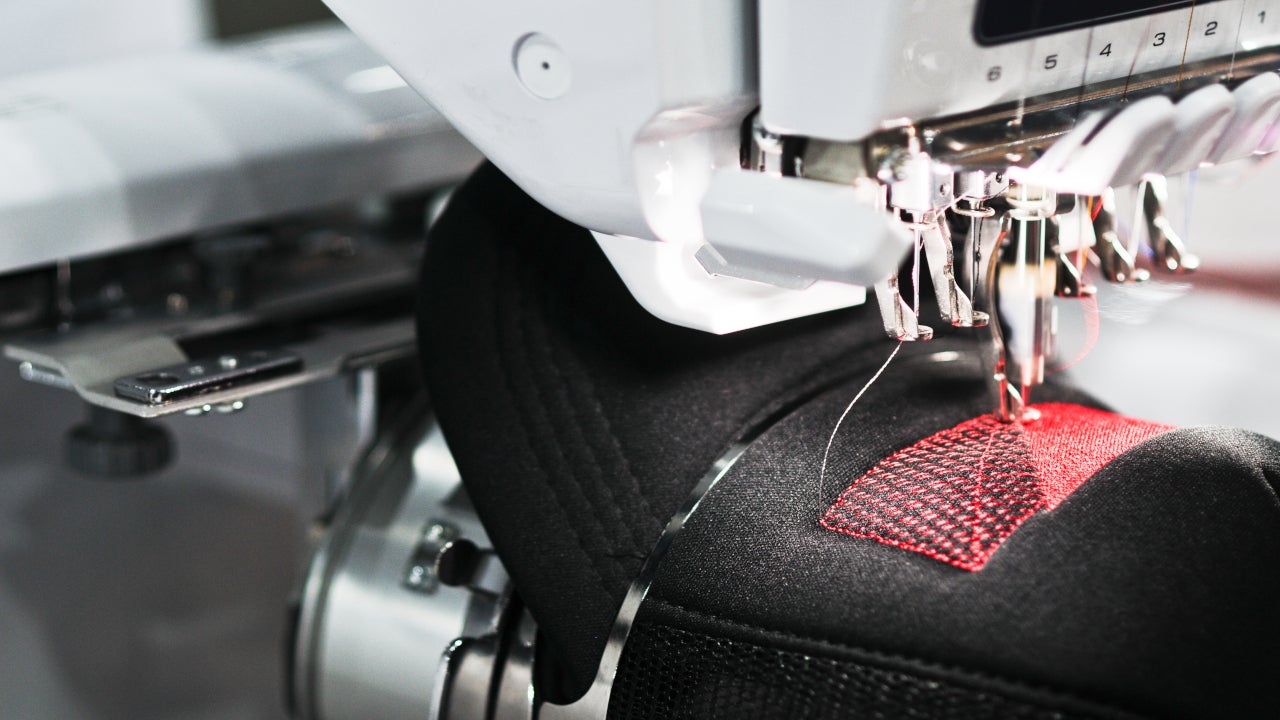Smart clothing products are essentially electronic devices designed to communicate with connected devices (like smartphones) and the wearer’s body. Smart clothes use a variety of sensors to gather the wearer’s biometric and physical data, such as body temperature and heart rate. The sensor-generated data is transferred to relevant apps on a paired smartphone via Bluetooth, where it is made available for users to view. Smart clothing can incorporate advanced textile fibres, microelectronics, biotechnology, and artificial intelligence (AI).
Technology Trends
Listed below are the key technology trends impacting the smart clothing theme, as identified by GlobalData.
Advanced fibres
Advances in material science are adding new functionalities to textiles. Metallics, optical fibres, and conductive polymers can be added to textiles to allow sensory capabilities, electrical conductivity, and data transmission on clothes. Apparel and tech companies are working with these materials and textile fibres like nylon, cotton, polyester, silk, wool, and Kevlar to make advanced fibre.
Fabrics’ added functionalities can reduce after washing and wearing, so they are coated with nanoparticles. The large surface area and high energy of nanoparticles increases durability and allow fabrics to retain their tactile properties. Nanoparticles also enable the addition of anti-bacterial, water-repellent, and ultraviolet (UV)-protection properties to clothes.
3D printing
3D printing is mostly associated with prototyping across several industries. It is a developing trend across the apparel industry and is increasingly making headway in smart clothing. In 2019, researchers from Tsinghua University in China used a 3D printer to make patterns and draw pictures and letters on silk, giving it the ability to transform movement into energy.
Intel has also used 3D printers to design sensor-embedded smart clothing. Such demonstration will drive investment in 3D printing-based smart clothing from companies in the textile, technology, healthcare, and military industries.

US Tariffs are shifting - will you react or anticipate?
Don’t let policy changes catch you off guard. Stay proactive with real-time data and expert analysis.
By GlobalDataPower supply
Most smart clothing currently uses lithium-ion batteries, which demand frequent charging. Consequently, some organisations are assessing the use of alternative power sources. In 2021, a collaboration of researchers from the University of Bath in the UK, Max Planck Institute of Polymer Research in Germany, and the University of Coimbra in Portugal developed nylon fibres that produced electricity from body movements.
The European Union (EU) plays an active role in developing alternative power sources for electronics, including clothing. Thermo Tex, an initiative funded by the EU, explored thermoelectric textiles that harvest the user’s body heat to power electronics.
The Smart2Go initiative, part of the EU’s Horizon 2020 research and innovation programme and led by Fraunhofer FEP, is developing an autonomous energy supply platform for wearables, including smart clothing, using a combination of powerful batteries and appropriate energy harvesting technologies. The project will conclude in 2022 and could help smart clothing move a step closer to the mainstream by overcoming power supply constraints.
Sensors
Sensors are at the heart of smart clothing. The data they generate allows users to monitor their health and fitness. However, garments undergo regular washing that damages the integrated sensors. Scientists are working on sensors that can withstand multiple washes and still perform effectively.
In 2020, researchers from the Massachusetts Institute of Technology (MIT) showcased washable, garment-woven biosensors for telemedicine and remote patient monitoring. While this is an example of progress, smart clothing sensors are in the early stages of development. Smart clothing makers are pursuing rugged sensors that generate vital user data for effective health and activity monitoring, thereby enhancing the clothes’ durability and appeal.
AI
The use of AI in smart clothing is currently limited to virtual fitness coaching systems. Start-ups like Sensoria offer an AI-based in-app coach that guides wearers of its smart t-shirts to improve running performance using performance analytics performed on garment generated data.
In 2019, Google started including certain aspects of its Assistant conversational platform on Levi’s Commuter Trucker jacket. Users can get directions and receive answers to pre-recorded questions about the time, weather, and news by making pre-set gestures on the jacket’s cuff.
GlobalData expects AI to become pivotal in smart clothing over the next three to four years, especially for product designing, service development, and data analysis. This development will favour leaders in AI like Google, IBM, and Amazon.
This is an edited extract from the Smart Clothing (Wearable Tech) – Thematic Research report produced by GlobalData Thematic Research.









